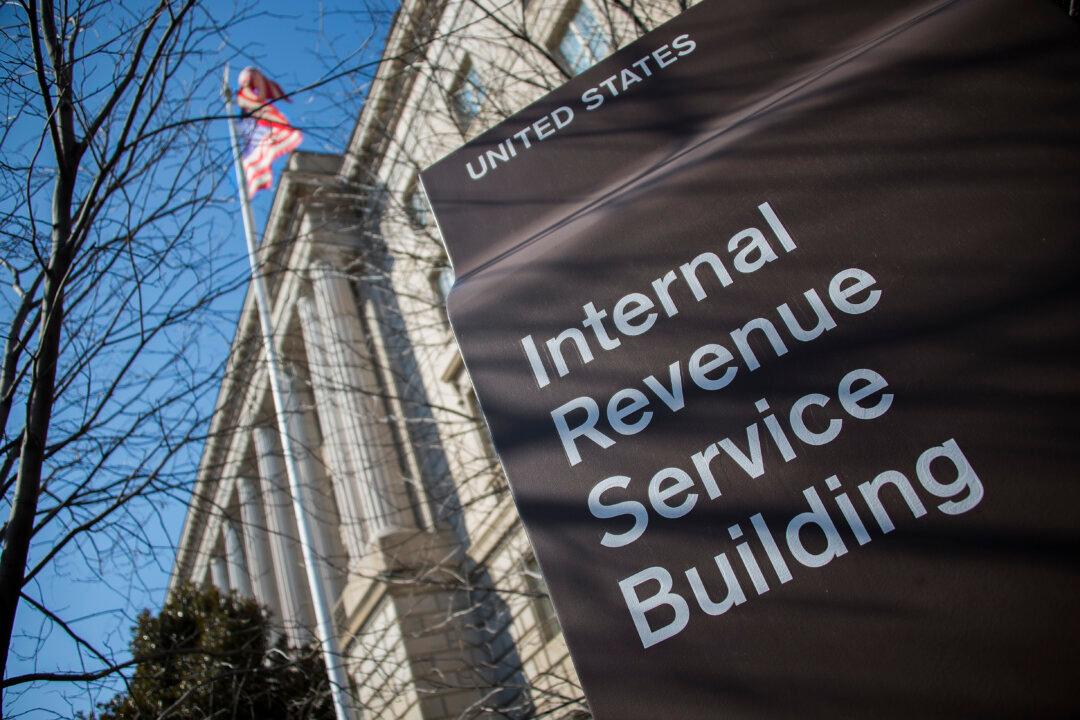The top 1 percent of U.S. households by income fail to report 21 percent of their earnings to the IRS—a level far higher than previous estimates—according to a joint study between the tax collection agency and academics, who reached for new tools to gauge just how much people avoid paying taxes.
Studying the problem of tax evasion—or avoiding paying taxes by illicit means—the authors of the National Bureau of Economic Research (NBER) working paper (pdf) found that random audits underestimate the degree to which people hide income.





